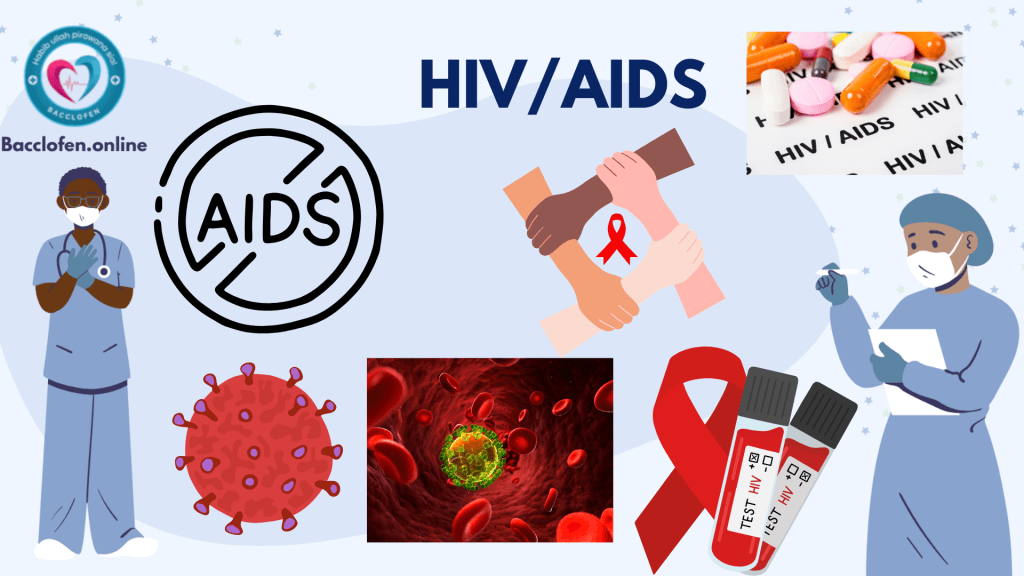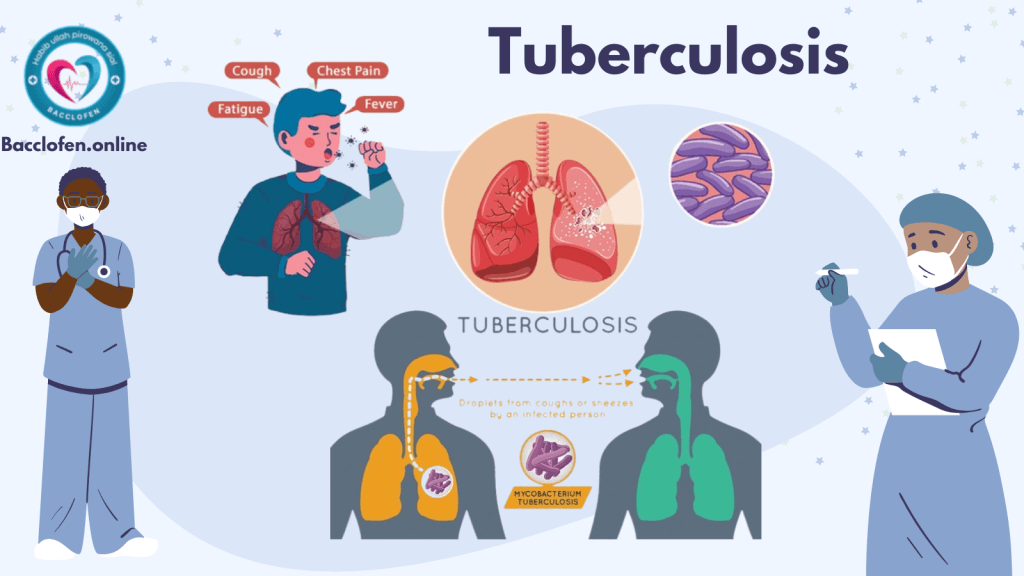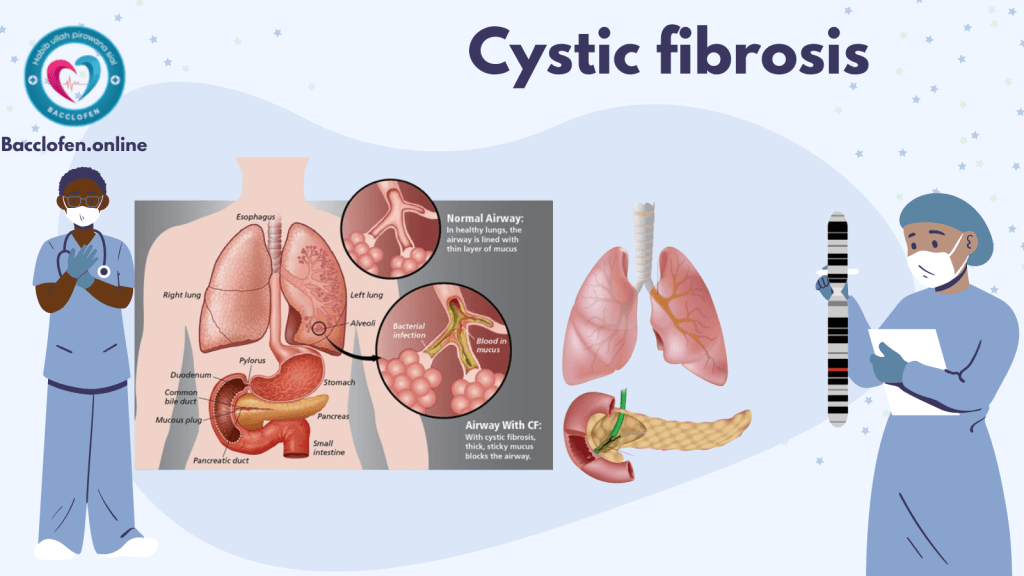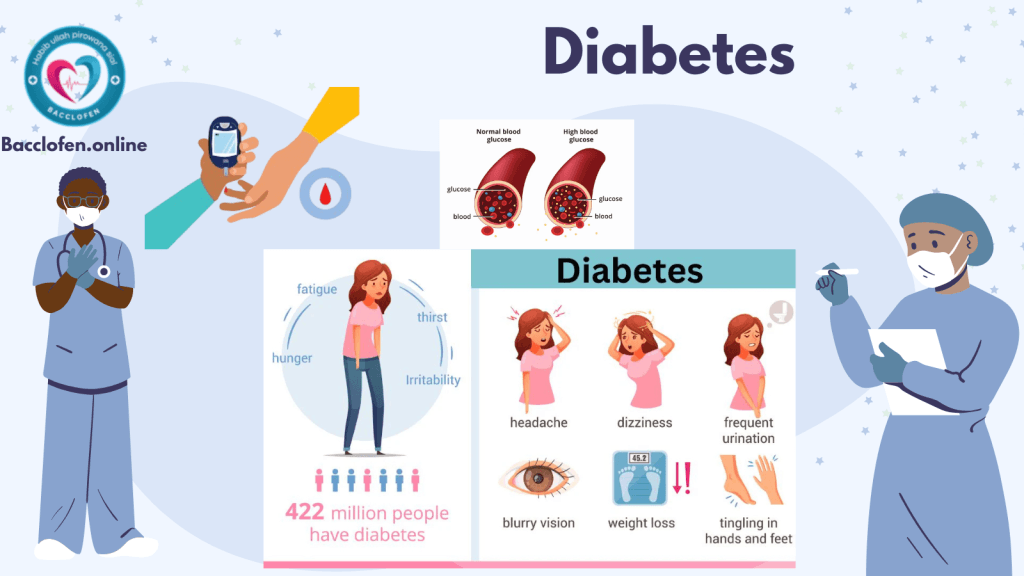HIV/AIDS is one of the most significant global public health challenges. The Human Immunodeficiency Virus (HIV) attacks the immune system, weakening the body’s defenses against infections and diseases. If left untreated, HIV progresses to Acquired Immunodeficiency Syndrome (AIDS), a severe stage of the infection marked by life-threatening complications. Despite the lack of a cure, advancements in medicine have transformed HIV/AIDS from a fatal disease into a manageable chronic condition for many. This article explores the causes, symptoms, prevention strategies, diagnostic methods, and treatment options for HIV/AIDS.
Understanding HIV and AIDS
HIV is a virus that primarily targets the body’s immune system, specifically the CD4 T cells (a type of white blood cell). Over time, HIV destroys these cells, impairing the body’s ability to fight infections.
AIDS is the most advanced stage of HIV infection. It is characterized by a severely weakened immune system and the occurrence of opportunistic infections or cancers that take advantage of the compromised immune state.
Causes of HIV
HIV is caused by the Human Immunodeficiency Virus, which is transmitted through contact with infected body fluids. The primary modes of transmission include:
1. Unprotected Sexual Contact
- HIV is most commonly spread through unprotected vaginal, anal, or oral sex with an infected person. The virus is present in semen, vaginal fluids, and rectal fluids.
2. Blood Transmission
- Sharing needles, syringes, or other drug-injection equipment contaminated with HIV can transmit the virus.
- Receiving infected blood transfusions or organ transplants, although rare in regions with robust screening protocols.
3. Mother-to-Child Transmission
- HIV can be transmitted from an infected mother to her baby during pregnancy, childbirth, or breastfeeding.
4. Accidental Exposure
- Healthcare workers may be exposed to HIV through accidental needle sticks or contact with infected fluids.
Symptoms of HIV/AIDS
The progression of HIV occurs in three distinct stages, each with specific symptoms:
1. Acute HIV Infection (2-4 Weeks After Exposure)
- Flu-like Symptoms: Fever, fatigue, sore throat, muscle aches, swollen lymph nodes, and rash.
- This stage, often referred to as seroconversion, is when the virus multiplies rapidly and spreads throughout the body.
2. Chronic HIV Infection (Clinical Latency)
- Asymptomatic Phase: Many individuals experience no symptoms for years, although the virus continues to multiply at low levels.
- Mild Symptoms: Persistent fatigue, swollen lymph nodes, and minor infections may occur.
3. AIDS (Advanced HIV Stage)
- Symptoms of AIDS result from a severely weakened immune system and include:
- Recurring fever.
- Persistent diarrhea.
- Severe weight loss (wasting syndrome).
- Opportunistic infections such as tuberculosis, pneumonia, and fungal infections.
- Cancers such as Kaposi’s sarcoma and lymphomas.
Complications of HIV/AIDS
If untreated, HIV/AIDS can lead to severe complications, including:
- Opportunistic Infections: Fungal infections, tuberculosis, and cytomegalovirus are common in people with AIDS.
- Neurological Disorders: HIV-associated neurocognitive disorders (HAND), including memory loss and behavioral changes, can occur.
- Cancers: People with AIDS are at a higher risk of cancers like Kaposi’s sarcoma, invasive cervical cancer, and lymphomas.
- Severe Immune System Damage: Without treatment, AIDS is fatal.

Prevention of HIV
Preventing HIV involves adopting safe practices and taking advantage of medical interventions:
1. Practice Safe Sex
- Use condoms consistently and correctly during all forms of sexual activity.
- Limit the number of sexual partners and avoid risky sexual behaviors.
2. Use Pre-Exposure Prophylaxis (PrEP)
- PrEP is a daily medication that significantly reduces the risk of contracting HIV in high-risk individuals.
3. Post-Exposure Prophylaxis (PEP)
- PEP involves taking antiretroviral drugs within 72 hours of potential exposure to HIV to prevent infection.
4. Avoid Sharing Needles
- Use sterile equipment for injecting drugs, tattoos, or piercings.
5. Screen Blood and Organ Donations
- Ensure that blood transfusions and organ transplants come from screened and safe sources.
6. Prevent Mother-to-Child Transmission
- Pregnant women with HIV should take antiretroviral therapy (ART) to reduce the risk of transmission to their baby.
Diagnosis of HIV
Timely and accurate diagnosis is essential for managing HIV and preventing its progression to AIDS. Diagnostic methods include:
1. Antibody Tests
- Detect HIV antibodies in blood or saliva. Examples include rapid tests and home testing kits.
2. Antigen/Antibody Combination Tests
- Detect both HIV antibodies and the p24 antigen, which appears soon after infection.
3. Nucleic Acid Tests (NATs)
- Detect the virus itself in the blood and are used in early stages or high-risk exposures.
4. CD4 Count and Viral Load Tests
- CD4 count measures the immune system’s strength.
- Viral load test determines the amount of HIV in the blood and monitors treatment effectiveness.
Treatment of HIV/AIDS
Although there is no cure for HIV, antiretroviral therapy (ART) has revolutionized its management. ART can suppress the virus to undetectable levels, preventing disease progression and transmission.
1. Antiretroviral Therapy (ART)
- ART involves a combination of medications that target different stages of the HIV life cycle.
- Common drug classes include:
- Nucleoside Reverse Transcriptase Inhibitors (NRTIs)
- Non-Nucleoside Reverse Transcriptase Inhibitors (NNRTIs)
- Protease Inhibitors (PIs)
- Integrase Strand Transfer Inhibitors (INSTIs)
2. Benefits of ART
- Reduces viral load to undetectable levels, improving immune function.
- Prevents transmission of the virus to sexual partners (U=U: Undetectable = Untransmittable).
- Extends life expectancy to near-normal levels.
3. Management of Opportunistic Infections
- Antibiotics, antifungals, and antivirals are used to treat infections such as tuberculosis, pneumonia, and cytomegalovirus.
4. Supportive Care
- Nutritional support, mental health counseling, and regular monitoring of health parameters enhance quality of life.
Living with HIV/AIDS
HIV is no longer a death sentence, thanks to advancements in treatment and care. Individuals with HIV can lead long, healthy lives by adhering to treatment and adopting a healthy lifestyle:
- Adherence to ART: Consistently taking prescribed medications is critical to suppress the virus.
- Regular Medical Check-Ups: Routine health monitoring helps identify and address complications early.
- Mental Health Support: Counseling and support groups can help manage the emotional impact of living with HIV.
- Healthy Living: A balanced diet, regular exercise, and avoiding smoking or excessive alcohol consumption strengthen overall health.
Research and Future Directions
Intensive research continues to improve our understanding of HIV/AIDS and develop more effective treatments:
- HIV Vaccines: Several experimental vaccines are under development to prevent HIV infection.
- Cure Research: Gene-editing technologies and immune system modulation are being explored as potential cures.
- Long-Acting Therapies: Injectable ART formulations aim to reduce the burden of daily medication.


